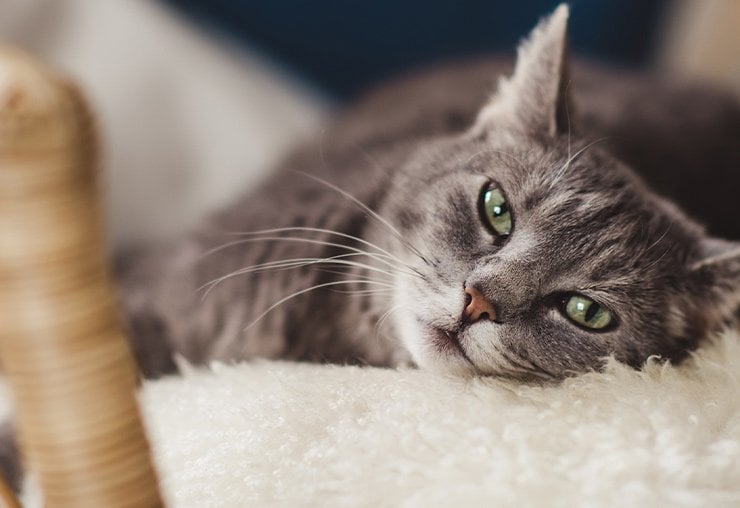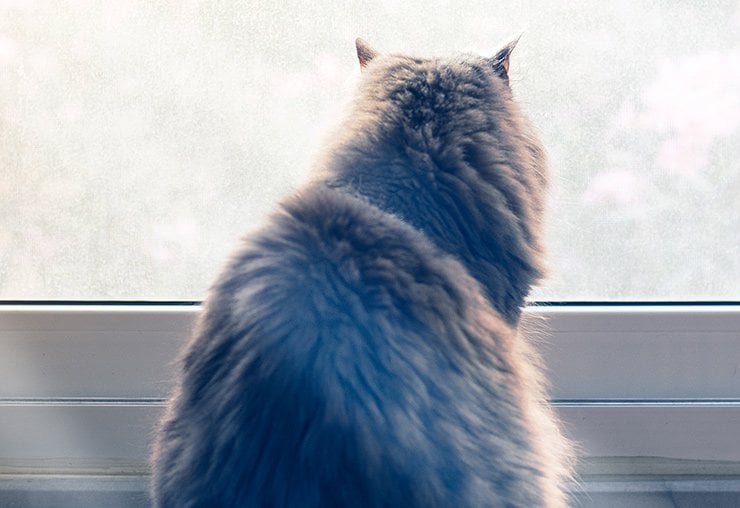Bengal cat
Active and energetic, fond of heights and water
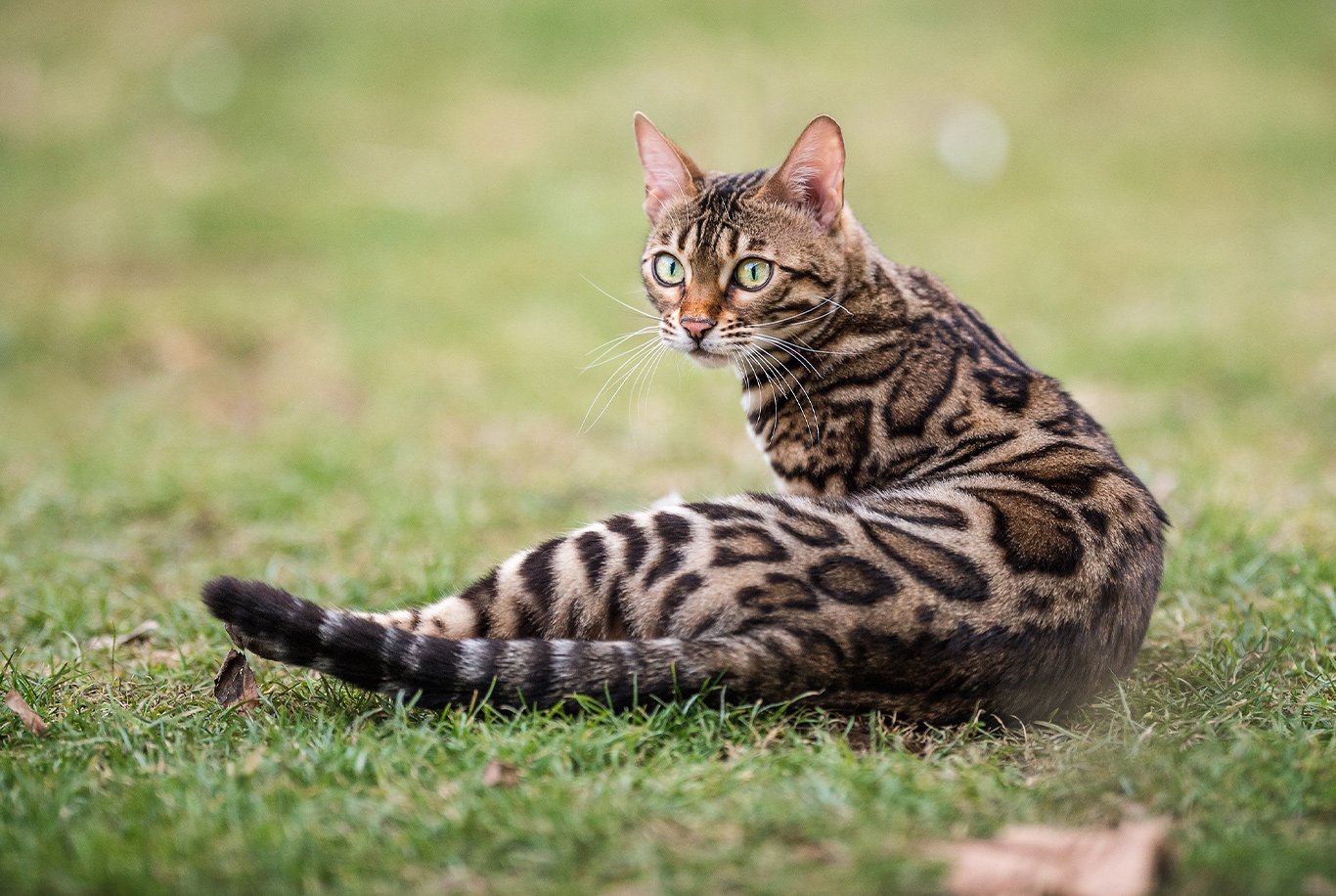
Bengal cat is a domesticated cat breed with the appearance of a wild feline. With spots and rosettes on their fur, Bengal cats resemble Leopard cats living in the wilds.
 Country of origin: Country of origin: |
USA |
 Personality: Personality: |
Active, Agile, Careful, Aloof |
 Coat: Coat: |
Shorthair |
 Colour: Colour: |
Brown tabby, seal mink tabby, black silver tabby, and seal silver lynx point |
 Characteristics: Characteristics: |
Spotted coat, Lean build |
 Life expectancy: Life expectancy: |
from 12 to 16 years |
Bengal cat kittens
Bengal cats may take longer to get accustomed to completely new surroundings. Be patient with your Bengal cat kitten and give a cat all the time needed to feel comfortable in a new setting. Once this feline gets comfortable it makes for a highly energetic and fond of play kitten with high demand for physical and mental stimulation. Bengal cats are rather intelligent, so training shouldn’t prove too challenging. Praise and reward always work best with kittens, so make sure to give treats whenever your cat does something that is desired. Both Kyclkingfile and Tuna Recipe from Husse make for great rewards for your Bengal kitten. Kittens grow rapidly from the 2nd to 6th month of their life and need a healthy and well-balanced diet to promote proper development. Feed your Bengal kitten a diet made specifically for kittens, such as Kattunge from Husse range. Once your cat reaches one year of age switch to an adult diet, but always remember to give your cat a transition period so your feline can get accustomed to a new diet.
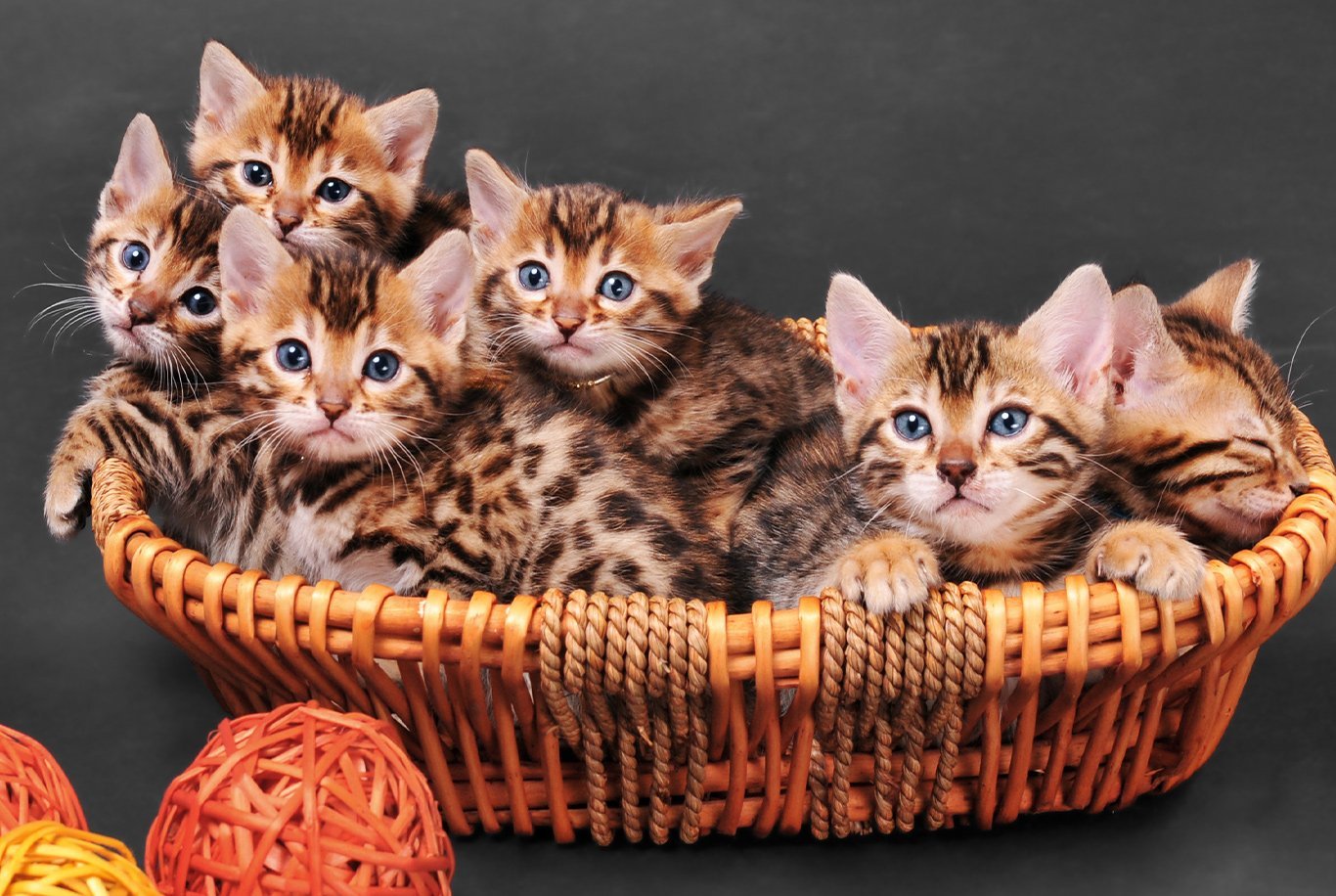
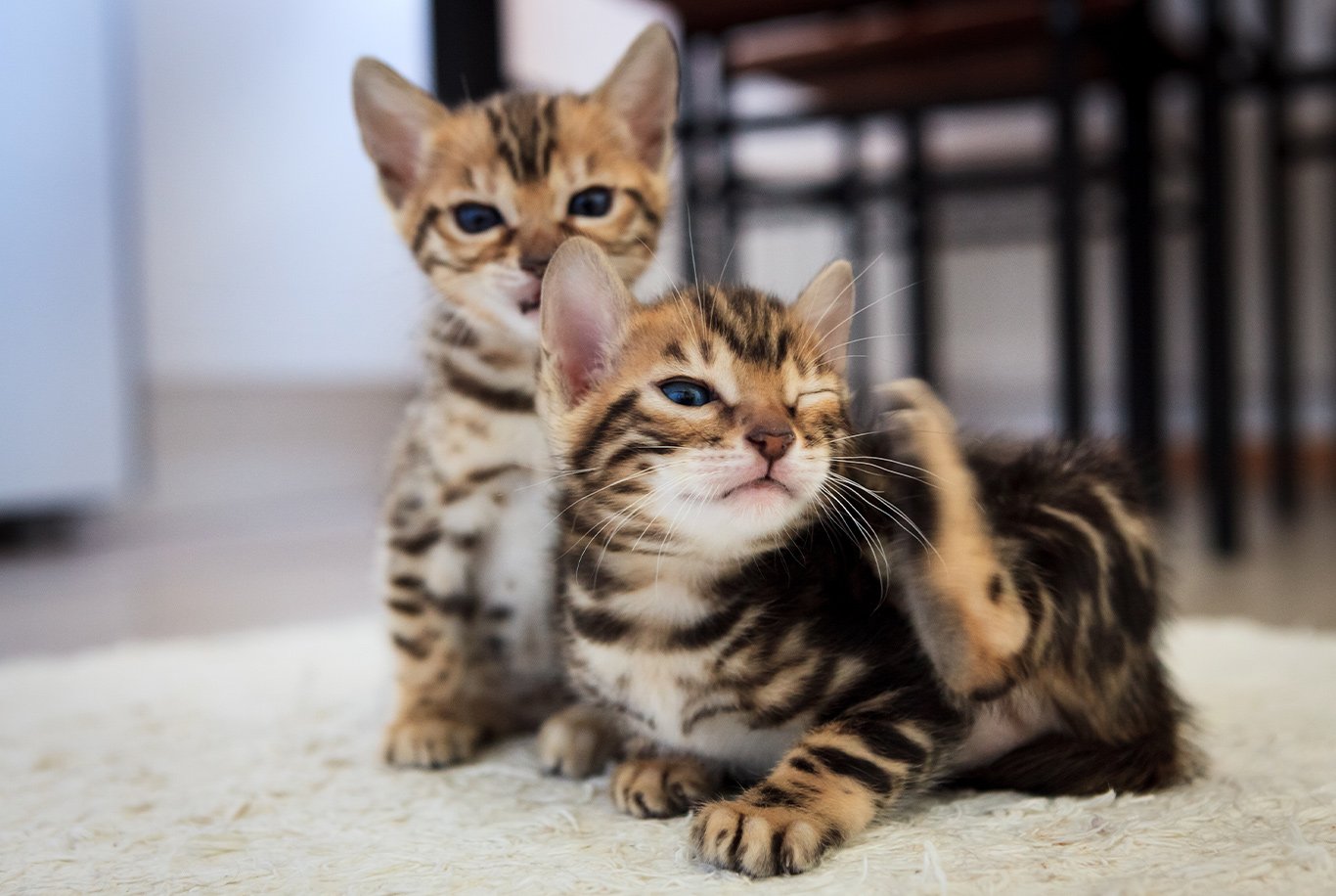
Bengal cat’s nutrition
Bengal cats are probably one of the most active cat breeds. They are lively and agile, therefore need a great diet to suit all their nutritional needs. It is worth noting though, that since Bengal cat’s ancestors were accustomed to eating mainly meat, formulas that are rich in gluten and grains can lead to digestive problems. A grain-free and gluten-free formula for your Bengal cat that is rich in protein can be the best option available. Opus Lynx from Husse range is crafted with potatoes and chicken, is high in fat, protein and low in carbohydrates - a diet that has been inspired by Lynx nutrition.
Detailed description of Bengal cat
Bengal cat is a medium to a large cat breed that bears resemblance to its feral cousins. Bengal cats are lean, muscular and strong in build and can be easily distinguished by their fur that is covered in rosettes or spots.
Genesis
Bengal cats were named after the Asian leopard cat’s scientific name, from which they were originally bred. The first tries of crossing wild Asian leopard cats with a domestic cat began in Belgium, but nothing came to fruition, as breeders were stopping after one or two generations. Years later, Jean Mill, a breeder from Arizona wanted to achieve a fur pattern typical for wild Bengal cats in a domesticated breed. After many tries Mill finally reached her goal: a cat with spotted fur, face with an expression of a wild cat and gentle character.
To be considered a domestic Bengal cat by the major cat registries, a Bengal must be at least four generations or more from the Asian leopard cat.
Appearance
This cat breed is considered a medium to large cat breed with adult males weighing up to 8kg. Bengal cats appear muscular but lean with strong legs that are medium in length. Bengal cat has a broad head that is longer than it is wide with medium to small ears set towards the sides of the head. Eyes are large and almost round. This breed is most famous for its fur. Bengal cats have a medium in length, delicate and silky coat. In the full sunlight, Bengal’s fur can appear shimmery, as if dusted with gold glitter. This breed can have a vast variety of shapes creating their signature spotted look - dots, spots, rosettes, half-moons or paw prints.

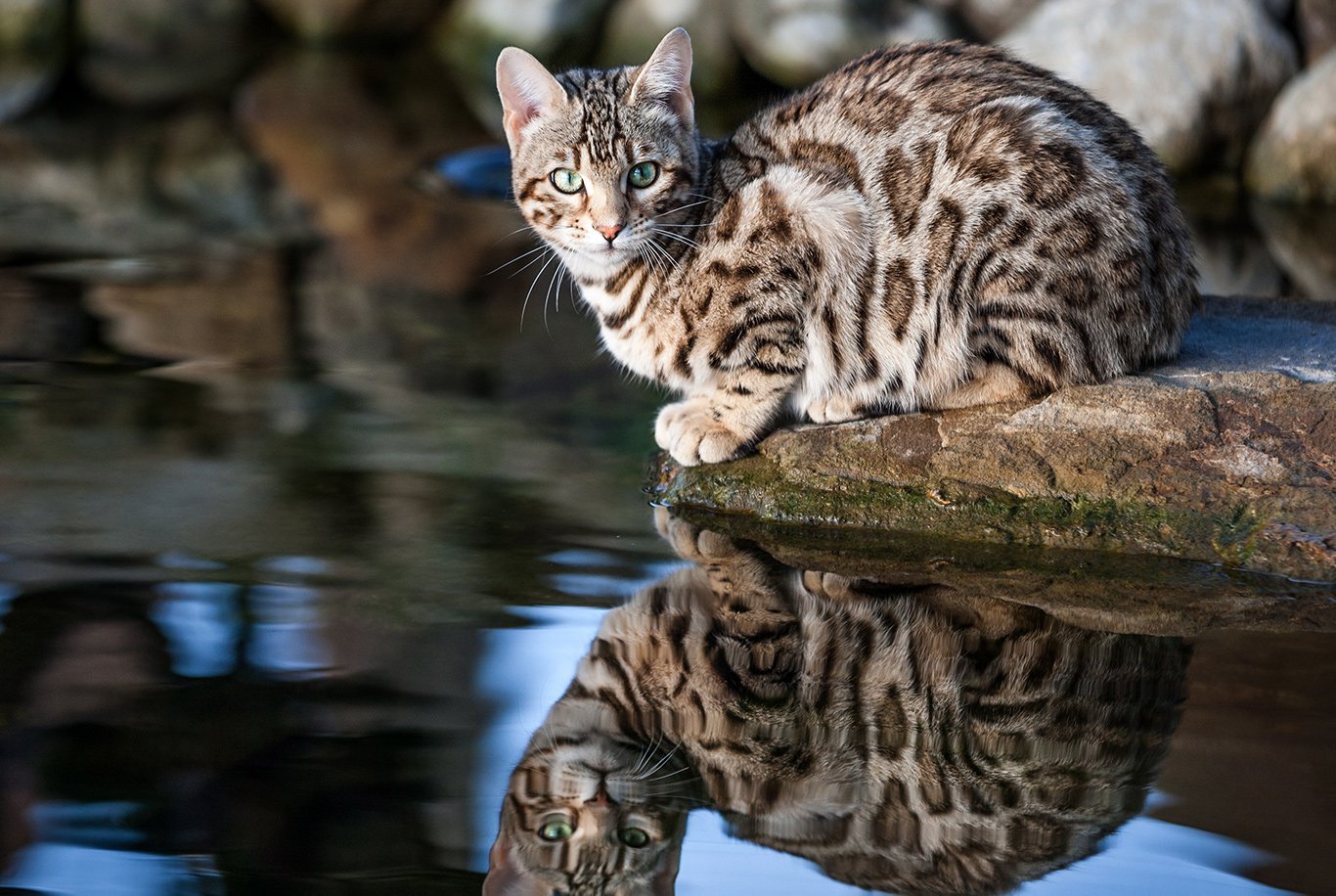
Behaviour
With their ancestry in wild cats, Bengals make for a very active, agile and energetic cat breed which can prove challenging. They need lots of physical activity that can include playing fetch, climbing to any accessible heights or even swimming. Under exercised Bengal cats can develop undesirable and even destructive habits. As these cats have quite nimble paws they can easily turn to grab personal belongings or pull stuff down from tables or shelves around the house. Bengal cats are really fond of water, so make sure to not leave any access to aquariums or ponds as your cat will gladly try to fish for any living creatures. You can even expect your Bengal cat to frequently join you in bath or shower.
Requirements
Bengal cats are very active and intelligent and will need lots of physical and mental stimulation to keep in the best shape possible. These cats are fond of climbing so you’ll have to supply your Bengal cat with at least one tall cat tree. Bengal cats will love any puzzle toys that will challenge them to think and exercise their mind.
Daily care
With their short to medium in length coat, Bengal cats do not require any particular grooming or care. Brushing once a week will help get rid of dead hair and minimise the risk of hairballs forming in your cat’s digestive system. During shedding season, mainly in spring and winter, it is advised to brush your cat daily. Trim your cat’s claws when they get too long and you can see your cat’s paws snagging on furniture or your clothing.
 dr Anna Plummervet and blogger
dr Anna Plummervet and blogger
















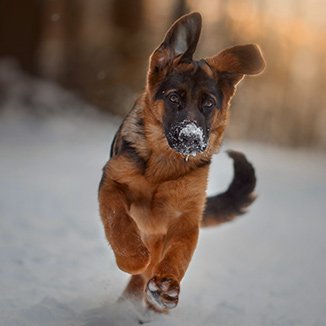 German shepherd
German shepherd Maltese
Maltese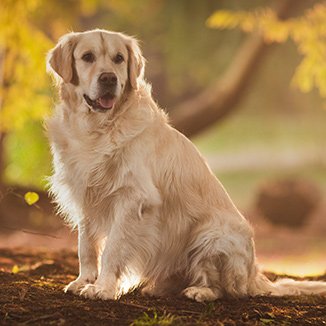 Golden retriever
Golden retriever Beagle
Beagle Rottweiler
Rottweiler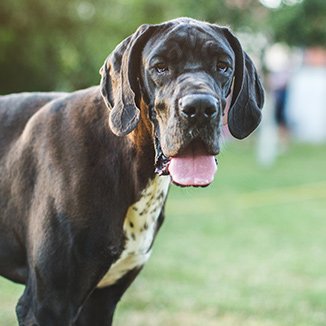 Great Dane
Great Dane Poodle
Poodle Siberian husky
Siberian husky French bulldog
French bulldog Pug
Pug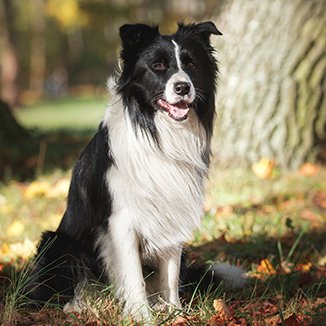 Border collie
Border collie Chihuahua
Chihuahua Pomeranian
Pomeranian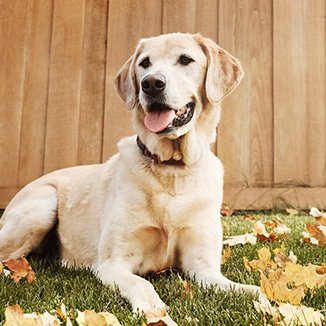 Labrador retriever
Labrador retriever English bulldog
English bulldog Chow chow
Chow chow Samoyed
Samoyed Cane corso
Cane corso Doberman
Doberman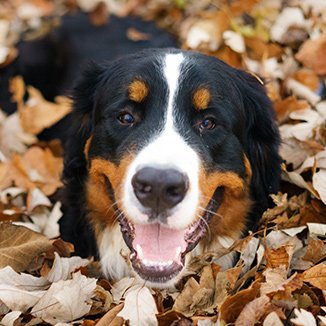 Bernese Mountain Dog
Bernese Mountain Dog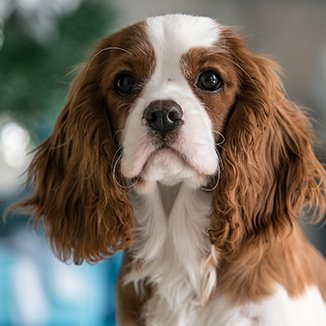 Cavalier King Charles Spaniel
Cavalier King Charles Spaniel Cocker Spaniel
Cocker Spaniel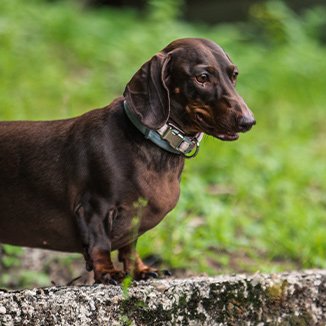 Dachshund
Dachshund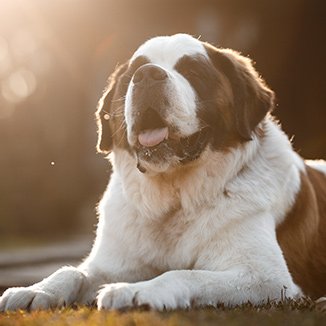 St. Bernard
St. Bernard Maine coon
Maine coon Ragdoll
Ragdoll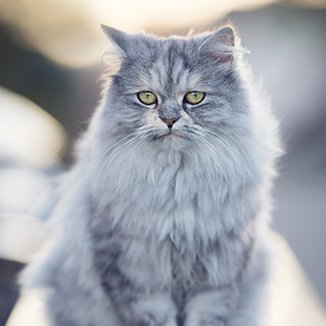 Persian cat
Persian cat Siamese cat
Siamese cat Cornish rex
Cornish rex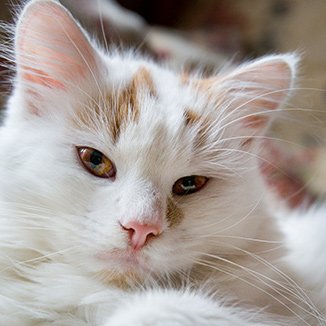 Turkish van
Turkish van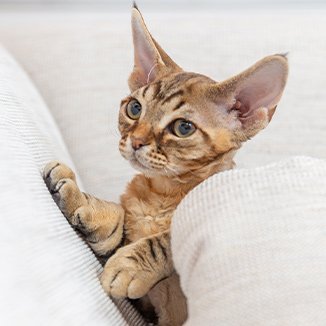 Devon rex
Devon rex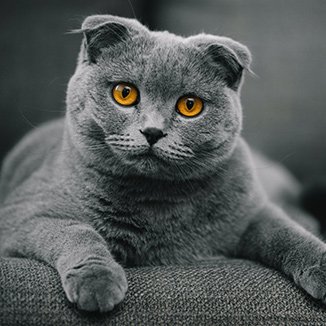 Scottish fold
Scottish fold Siberian cat
Siberian cat Selkirk rex
Selkirk rex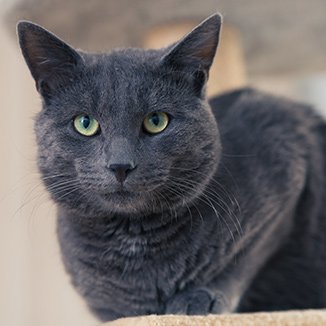 British shorthair
British shorthair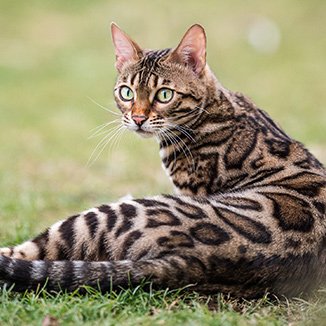 Bengal cat
Bengal cat